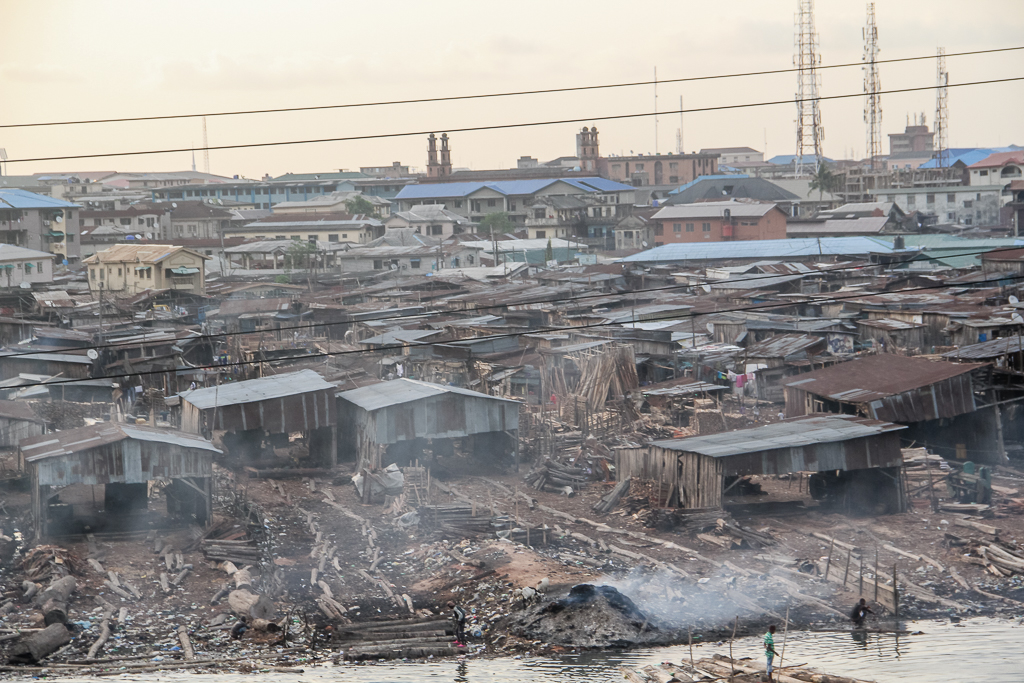Best article I've read all year

 americanaffairsjournal.org
americanaffairsjournal.org
Across the bulk of the poor world—here we have in mind Latin America, South Asia, the Middle East, and sub-Saharan Africa—economies have been experiencing a more disturbing trajectory: simultaneous deagrarianization and deindustrialization, especially in the years after 1980.
The result is that industrialization, development, and massive income growth in East Asia has statistically “compensated” for stagnation almost everywhere else—with East Asian industrialization partly responsible for the loss of other countries’ manufacturing bases. This has been the case even as incomes have risen in most of the poor world, mainly on account of the 2000–15 commodity supercycle driven in part by the explosive growth in demand from the Chinese market—which, ironically, helped lock emerging markets into low-tech, undiversified export profiles. Asian success, in short, has obscured a bleaker picture in the rest of the world.
Most emerging markets have not found an engine of durable growth comparable to manufacturing—most have indeed grown over the last few decades, but dependence on services and commodities exports has not made them rich. Thus most “developing” countries—we are skeptical of that euphemistic label—are in a worse structural position than they were a few decades ago: less economically complex and more socially unstable, with their developmental coalitions, if they ever existed, badly frayed.
Deindustrialization thus swept across countries that had previously seemed to be rapidly scaling the development ladder. Brazil reached its peak level of manufacturing employment in 1986, India in 2002, Colombia in 1970, Mexico in 1980, Peru in 1971, Indonesia in 2001, Ghana in 1978, and Nigeria in 1982—all at rates of manufacturing employment and per capita GDP significantly below those of Western nations in their peak years of manufacturing. Latin American countries were hit most severely, with nearly no floor for industrial decline, while in many Asian countries the situation was more akin to a long plateau. Many African countries lost their manufacturing bases at such a low level of industrialization that they can hardly be said to have industrialized at all.
At the same time, another structural change began to make itself felt: an accelerating process of deagrarianization in the years after 1980. The increased capital intensity of post–Green Revolution farming—demanding inputs like artificial fertilizer that many could not afford—put particular pressure on many small-time agriculturalists. Around the same time, increased exposure of national agricultural economies to global markets led to a rewiring of poor-world agriculture toward specialization, with self-sufficient national agricultures challenged by a new emphasis on the comparative advantage in cash crops.
Simultaneous deagrarianization and deindustrialization left a void in poor-world economies. The “response”—never planned by states, which found themselves increasingly unable to control what was going on—was the creation of economies trapped between commodity-export dependence on the one side and low-skill service work on the other.

The Long, Slow Death of Global Development - American Affairs Journal
Most emerging markets have not found an engine of durable growth comparable to manufacturing—most have indeed grown over the last few decades, but dependence on services and commodities exports has not made them rich. Thus most “developing” countries—we are skeptical of that euphemistic...
Across the bulk of the poor world—here we have in mind Latin America, South Asia, the Middle East, and sub-Saharan Africa—economies have been experiencing a more disturbing trajectory: simultaneous deagrarianization and deindustrialization, especially in the years after 1980.
The result is that industrialization, development, and massive income growth in East Asia has statistically “compensated” for stagnation almost everywhere else—with East Asian industrialization partly responsible for the loss of other countries’ manufacturing bases. This has been the case even as incomes have risen in most of the poor world, mainly on account of the 2000–15 commodity supercycle driven in part by the explosive growth in demand from the Chinese market—which, ironically, helped lock emerging markets into low-tech, undiversified export profiles. Asian success, in short, has obscured a bleaker picture in the rest of the world.
Most emerging markets have not found an engine of durable growth comparable to manufacturing—most have indeed grown over the last few decades, but dependence on services and commodities exports has not made them rich. Thus most “developing” countries—we are skeptical of that euphemistic label—are in a worse structural position than they were a few decades ago: less economically complex and more socially unstable, with their developmental coalitions, if they ever existed, badly frayed.
Deindustrialization thus swept across countries that had previously seemed to be rapidly scaling the development ladder. Brazil reached its peak level of manufacturing employment in 1986, India in 2002, Colombia in 1970, Mexico in 1980, Peru in 1971, Indonesia in 2001, Ghana in 1978, and Nigeria in 1982—all at rates of manufacturing employment and per capita GDP significantly below those of Western nations in their peak years of manufacturing. Latin American countries were hit most severely, with nearly no floor for industrial decline, while in many Asian countries the situation was more akin to a long plateau. Many African countries lost their manufacturing bases at such a low level of industrialization that they can hardly be said to have industrialized at all.
At the same time, another structural change began to make itself felt: an accelerating process of deagrarianization in the years after 1980. The increased capital intensity of post–Green Revolution farming—demanding inputs like artificial fertilizer that many could not afford—put particular pressure on many small-time agriculturalists. Around the same time, increased exposure of national agricultural economies to global markets led to a rewiring of poor-world agriculture toward specialization, with self-sufficient national agricultures challenged by a new emphasis on the comparative advantage in cash crops.
Simultaneous deagrarianization and deindustrialization left a void in poor-world economies. The “response”—never planned by states, which found themselves increasingly unable to control what was going on—was the creation of economies trapped between commodity-export dependence on the one side and low-skill service work on the other.
